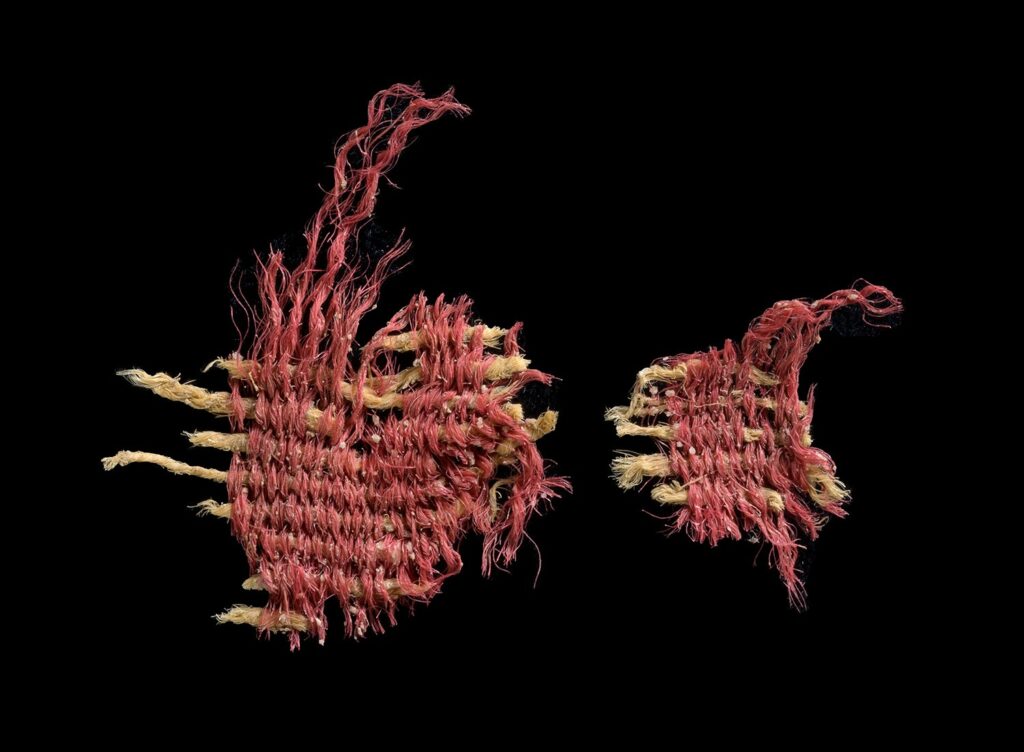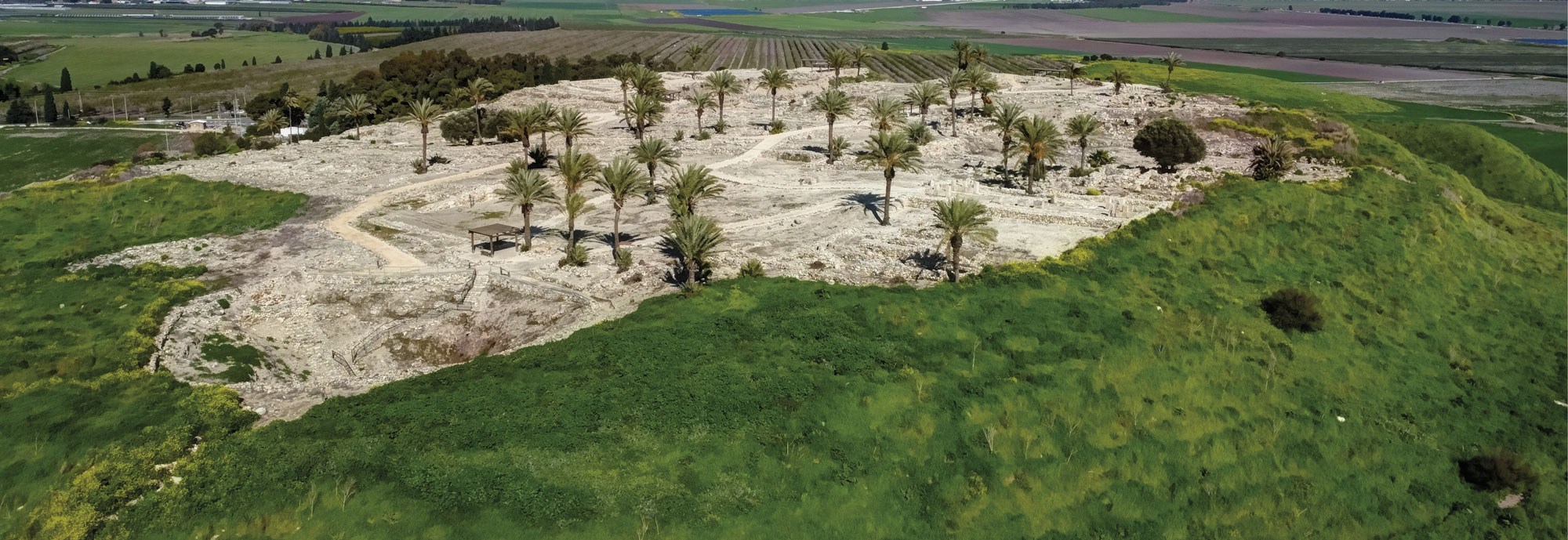
JERUSALEM, ISRAEL—Newsweek reports that two wool textile fragments discovered in Israel’s Cave of Skulls in 2016 had been dyed bright red with dye made from Kermes vermilio, a species of scale insect. The fabric has been dated to 3,800 years ago, making it the oldest known use of scale insects for dyeing textiles. “Identifying the dye in the ancient textile was achieved using High-Performance Liquid Chromatography (HPLC)—a device commonly employed in biology and chemistry laboratories to separate and identify substances in minute quantities,” said Na’ama Sukenik of the Israel Antiquities Authority. A large quantity of the insects would be needed to produce a small amount of dye, but the insects could only be collected one month out of the year, making their use highly prestigious, she added. Sukenik explained that the identification of the dye in the wool fragments indicates that there was an established textile dyeing industry, long-distance commercial networks, and elites to buy the expensive products by the Middle Bronze Age. To read about another discovery in a cave in the Judean Desert, go to "A Challenging World."











